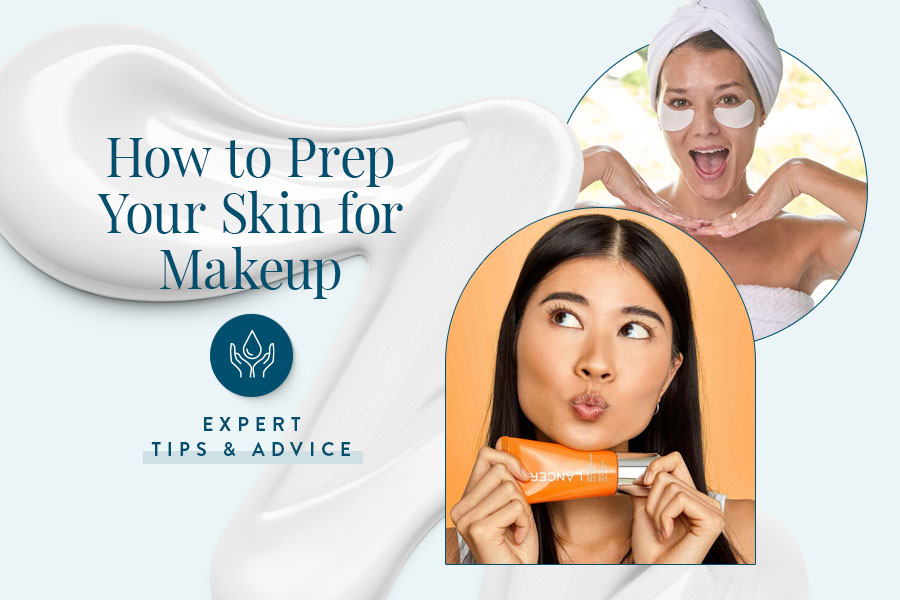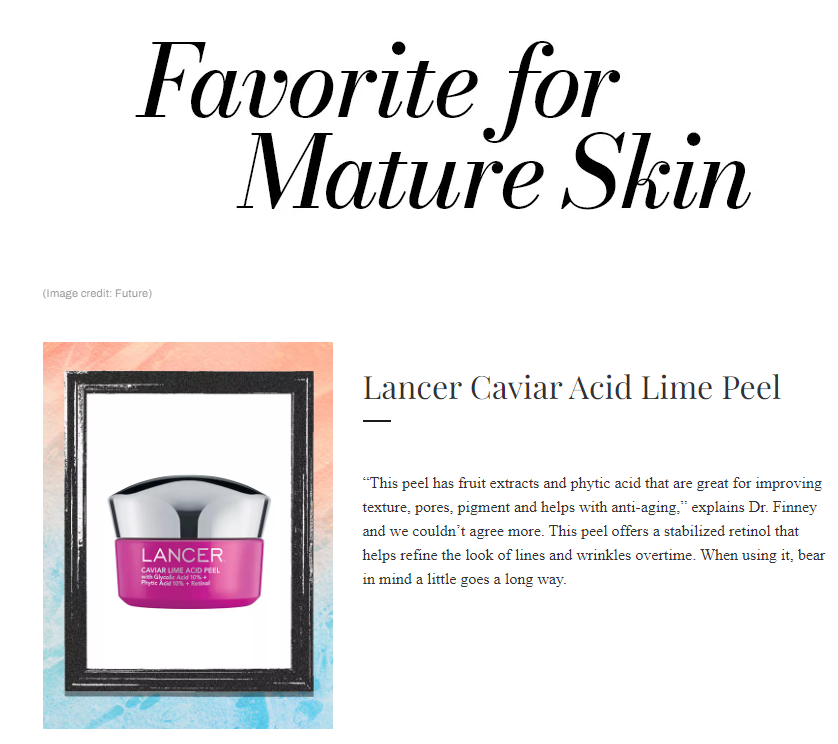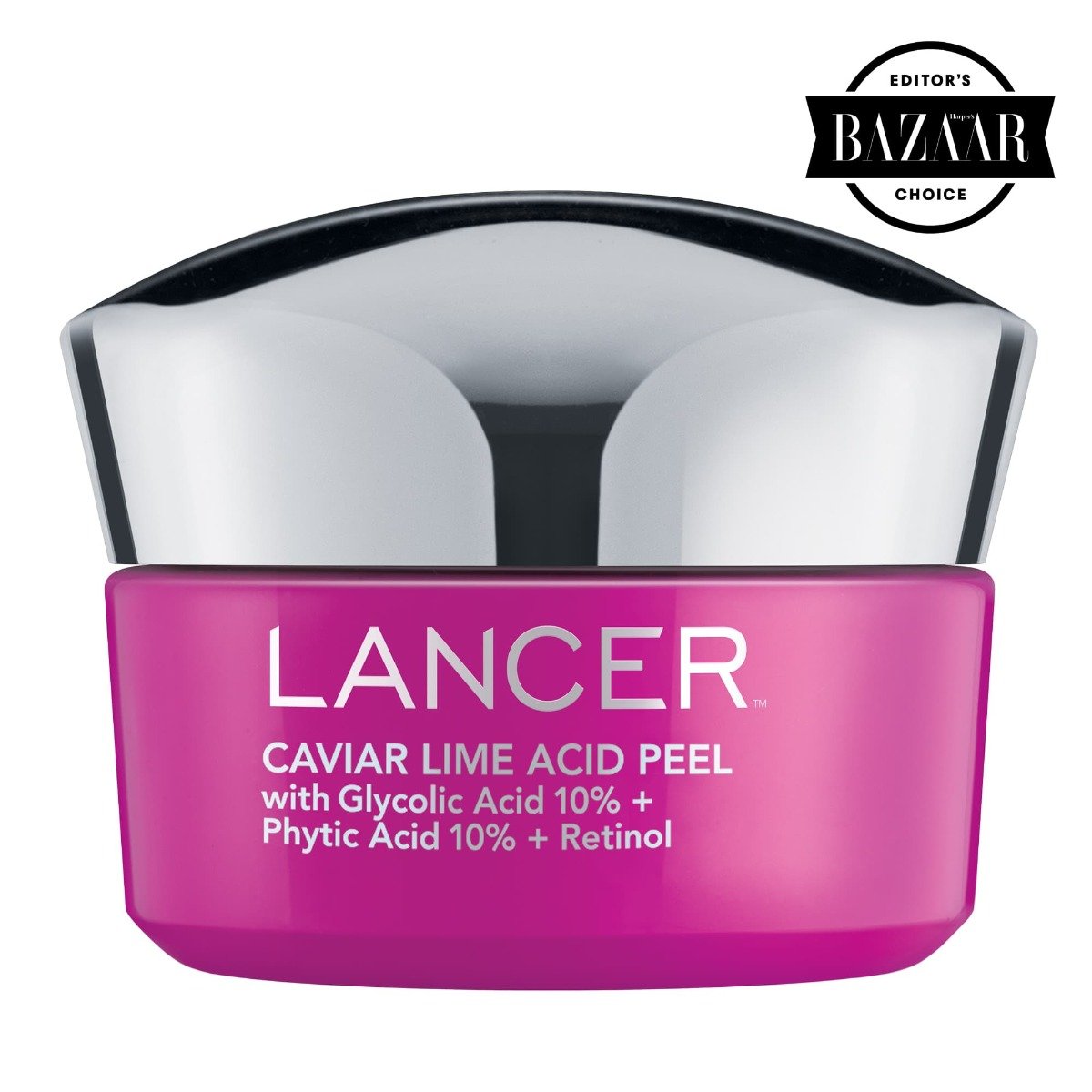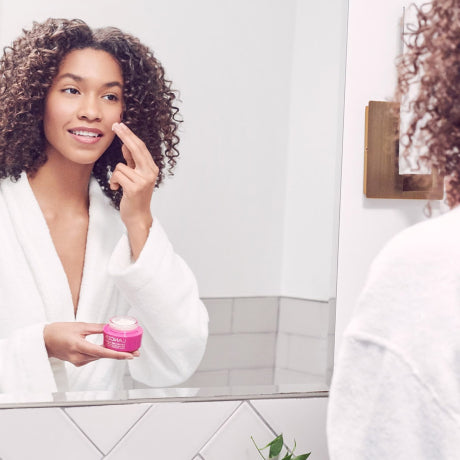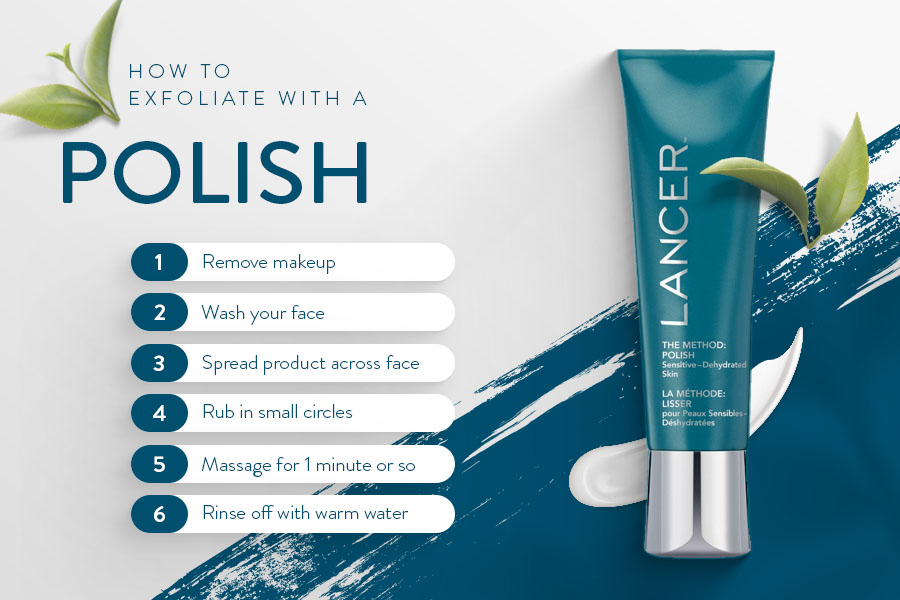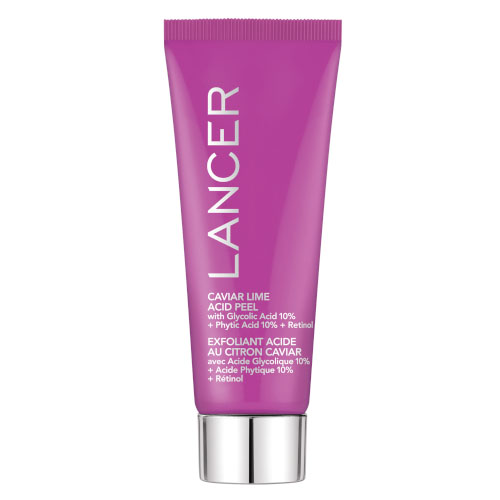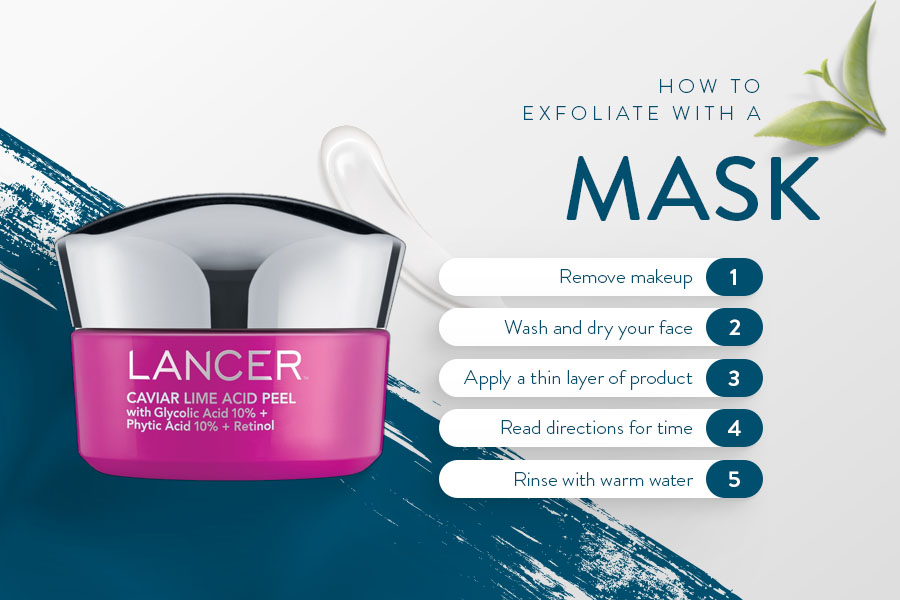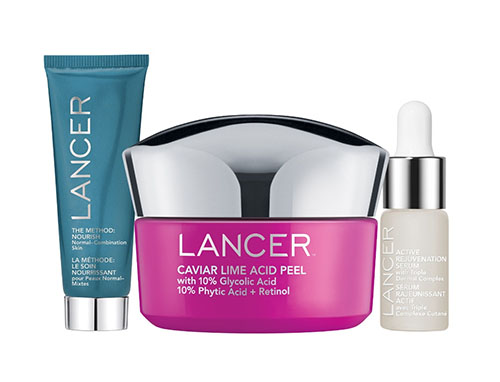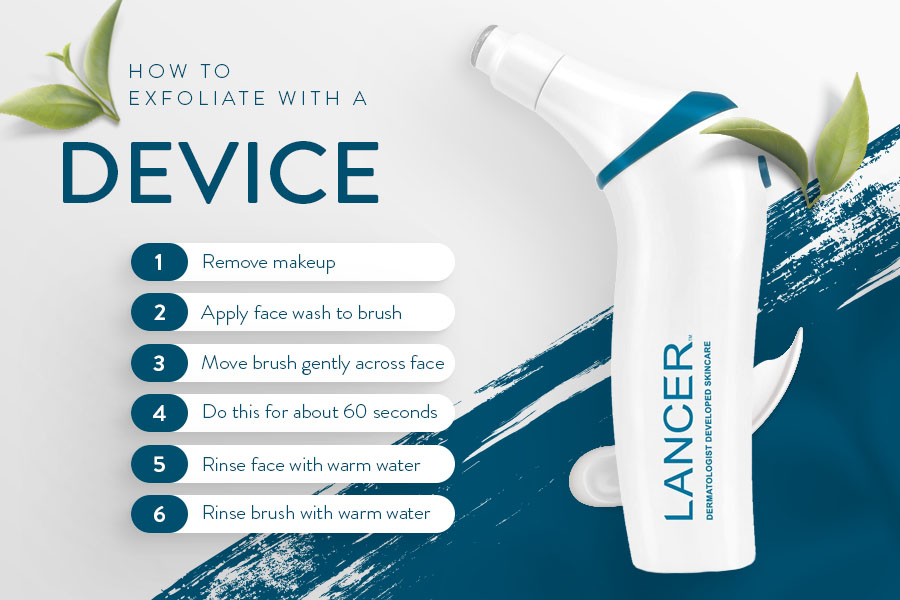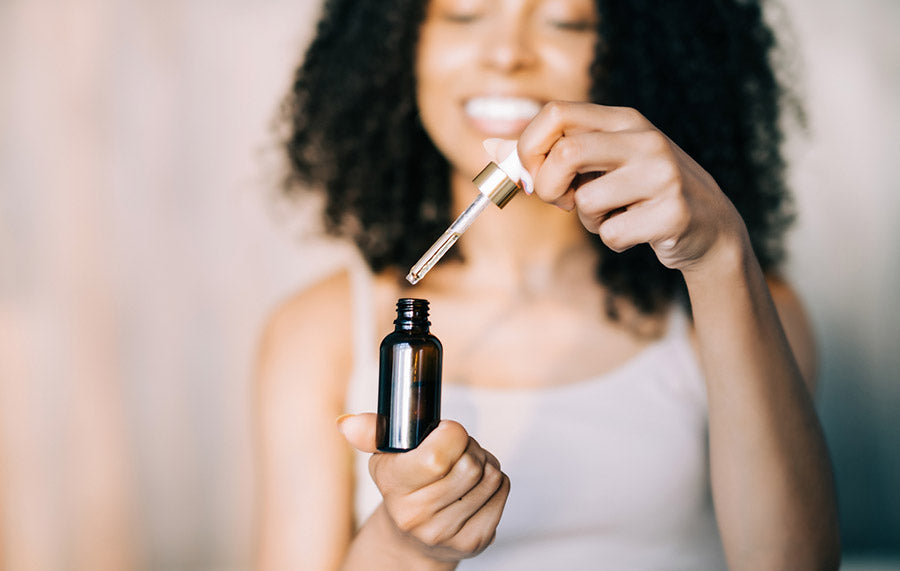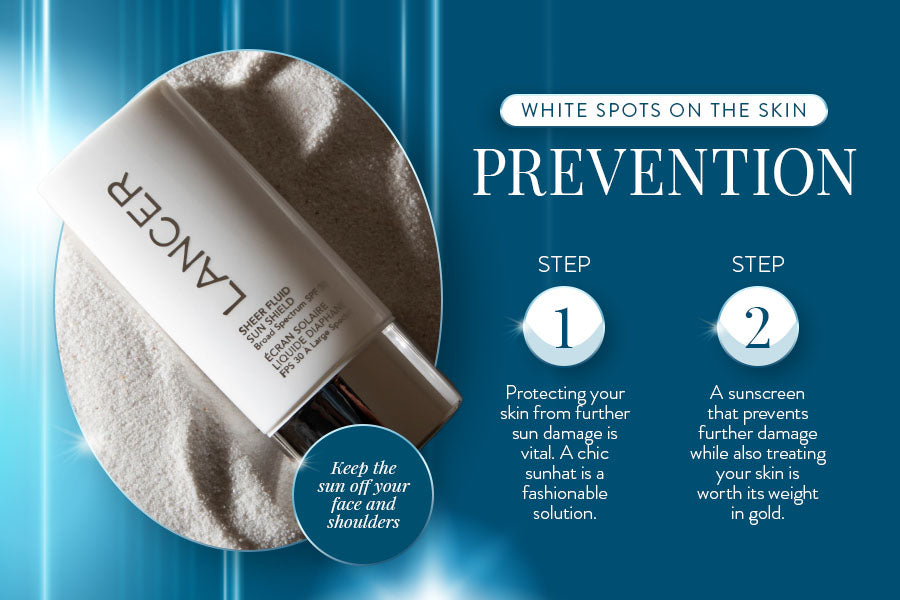How to Prep Your Skin for Makeup: Expert Tips & Advice
Remove all your old makeup.
Ideally, you should be removing all your makeup at night before you go to sleep, but we know that life sometimes gets in the way. That’s why we formulated our makeup removing wipes for those times when you’re too tired or busy to wash your face. You can also use a cleansing balm or oil cleanser if you’re committed to rinsing your face. Be sure to follow it up with a gentle face wash to get rid of any remaining dirt and debris so that you’ll start with a perfectly clean canvas for new makeup application. For more tips, check out our guide that explains how to remove makeup the right way.
Use cold compresses for puffiness.
Many people wake up with swollen, puffy faces in the morning. This is especially common in side sleepers, since all the blood and lymph drains to one side of their face. If you apply makeup in the morning, you might benefit from applying a cool rag or a cold compress to your face. This will help to reduce swelling and puffiness and make your face appear brighter and more awake. You can do this either before or after washing your face, whatever is your preference. We also recommend using cool water to wash your face to reduce puffiness even further.
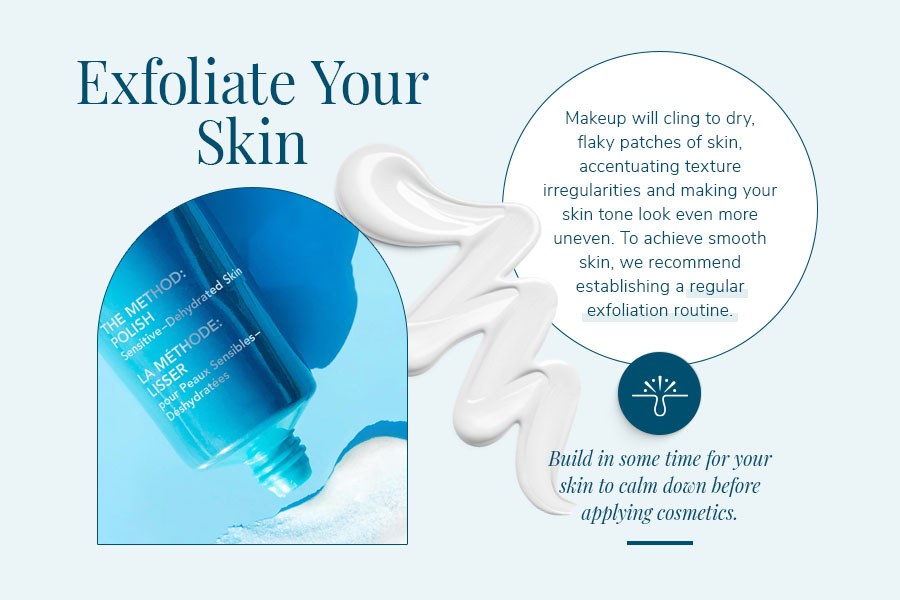
Exfoliate your skin regularly.
Makeup will cling to dry, flaky patches of skin, accentuating texture irregularities and making your skin tone look even more uneven. To achieve smooth skin, we recommend establishing a regular exfoliation routine anywhere between one to three times a week depending on how sensitive your skin is. If you haven’t exfoliated in a while and your face is looking scaly, and you need to apply makeup soon, then use a face scrub or a powerful exfoliating mask to get rid of flaky patches quickly. Bear in mind that exfoliating can make your face red and sensitive, so build in some time for your skin to calm down before applying cosmetics.
Try an eye mask or cream.
If you struggle with dark circles and puffy eyes, a concealer will only do so much to cover it up. In fact, heavy layers of concealer can settle into fine lines around your eyes, making their appearance more obvious. Instead, treat the problems at the source by using a dedicated eye mask or cream that is specifically designed to help brighten up tired eyes. Masks will need to be left on for a certain amount of time to get the full benefits (usually 15-20 minutes) so leave yourself enough time to apply and remove the masks. As for eye creams, you just need to let them soak in before applying eye makeup.
Do a face mask.
Masks aren’t just for your eye area! If you need to quickly revitalize your skin before applying makeup, a face mask is the perfect choice. Face masks can offer many benefits, from brightening to soothing to calming to exfoliating, so pick the one that your skin needs most. Masks should typically be applied after using a face cleanser but before any other steps in your skincare routine. Different masks have to be left on for different lengths of time, so follow the instructions on the packaging. Just like with the eye masks, leave yourself plenty of time to do the face mask before you need to apply makeup.
Choose lightweight serums.
If you’re a lover of super thick serums, it’s best to save those for nighttime, since they don’t always sit well underneath makeup. Instead, prioritize lightweight serums that soak in quickly and work well under makeup. You might even want to transition some of your morning serums, which have a more watery texture that soaks in even faster.
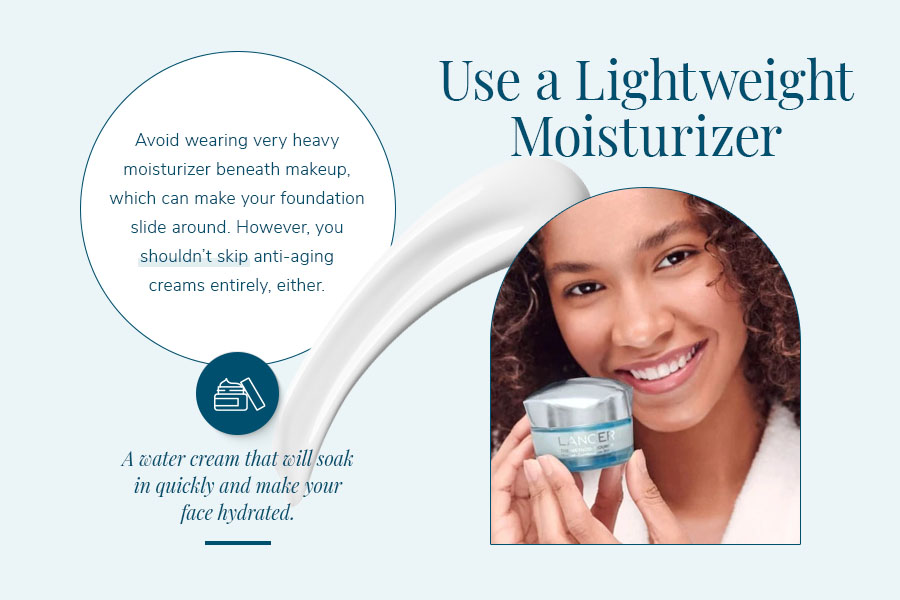
Use a lightweight moisturizer.
On a similar note, you should also avoid wearing very heavy moisturizer beneath makeup, which can make your foundation slide around. However, you shouldn’t skip anti-aging creams entirely, either — applying makeup to unmoisturized skin can make your dry, flaky patches really stand out. Instead, apply a lightweight moisturizer such as a water cream that will soak in quickly and make your face hydrated and glowing. If you have oily skin, look for an oil-free lotion so that it won’t make your face look too greasy as the day goes on.
Give yourself a facial massage.
A facial massage is another great way to get your blood flowing and help the lymph drain out of your face in order to prep your skin for makeup. You can do this at either the serum or the moisturizer step of your morning skincare routine (or both!). All you really need is your hands, but many people enjoy using a jade roller or a gua sha stone for a little extra pampering. If you struggle with puffiness, you can solve the problem by using a stainless steel roller that has been cooled down in the fridge or freezer first.
Discover Our 3-Step Skincare Steps
Never skip your sunscreen.
You should wear sunscreen every day, regardless of whether or not you wear makeup. Even if your makeup claims to have SPF protection, it probably won’t be high enough to really protect your skin (and you probably don’t apply enough to reach the advertised SPF, anyway). Apply sunscreen with a protection of at least SPF 30 to all exposed skin, not just your face but also your neck and chest. Let it set down fully before applying your makeup to ensure that everything stays in place throughout the day.
Don’t apply too many skincare products.
If you’re a fan of the 10-step skincare routine, try to do that at night time only. The more products you pile up on your face, the more likely it is one of them will conflict with your makeup. Instead, keep your morning routines to the essentials, such as balancing toner, vitamin C serum, light moisturizer, and eye cream. Choose multi-tasking products packed full of powerful ingredients that deliver the same benefits in one package. This will also ensure your skincare products soak in faster and you can apply your makeup sooner (more on this in a minute).
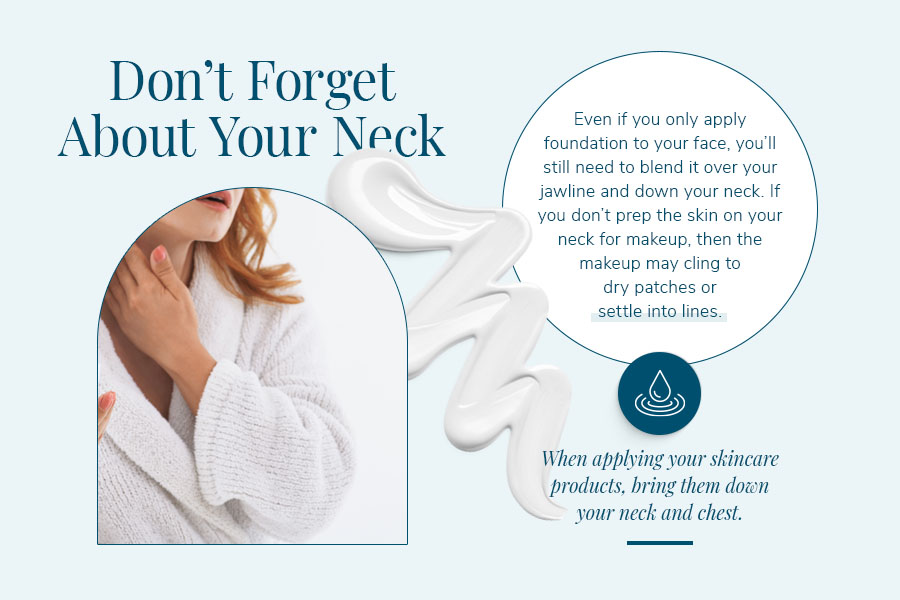
Don’t forget about your neck.
Even if you only apply foundation to your face, you’ll still need to blend it over your jawline and down your neck so that you don’t end up with a stark line. If you don’t prep the skin on your neck for makeup, then the makeup may cling to dry patches or settle into lines. When you’re applying your skincare products, bring them down your neck and chest so that the skin in that area will be ready for makeup as well. And you should definitely be applying sunscreen to all exposed skin, including your neck.
Let everything soak in before applying makeup.
If you slap on your skincare and apply your makeup right away, it might not set properly no matter how well you prepped your skin. You should be waiting a minimum of 5-10 minutes between applying your sunscreen (the last step in your skincare routine) and applying your primer for your makeup. If you can, leave yourself even more time to ensure that your skincare is fully soaked in.
For example, you can wash your face and do your skincare routine right when you wake up, and then let it soak in while you make coffee and eat breakfast. Then you can apply your makeup right before you leave the house.
Make sure your makeup and skincare are compatible.
Sometimes, your makeup won’t set even though you’ve tried every trick in the book. In this case, some ingredients in your makeup might be incompatible with ingredients in your skincare. For instance, if you’re using a water-based moisturizer but a silicone-based foundation, the products will repel each and the makeup will slide around your face. Same goes for your makeup products: Your primer and foundation also need to be based in the same ingredients or they won’t be compatible with one another.
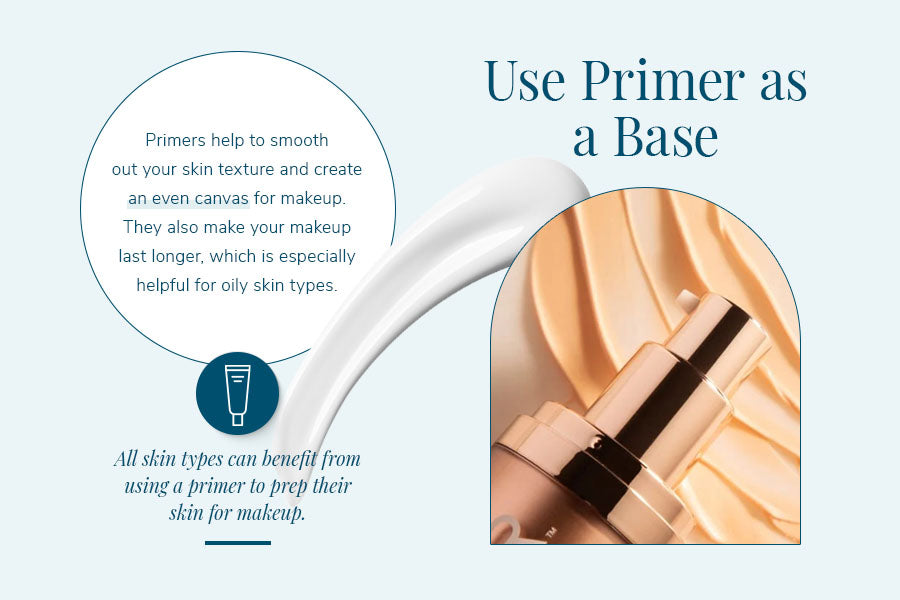
Use a primer as a base layer.
Some people find that their sunscreen works just fine as a primer, especially if it’s more silicone-based. However, other sunscreen formulations may not have the same effect, so if your sunscreen doesn’t fill in your pores or grip onto your makeup, you might want to try using a primer as a base layer. Primers help to smooth out your skin texture and create an even canvas for makeup. They also make your makeup last longer, which is especially helpful for oily skin types. However, people of all skin types can benefit from using a primer to prep their skin for makeup; you just have to find the right one for your skin!
Try a setting spray first.
Many people use setting spray after applying their makeup, but did you know that you can apply it before? It’s true! This trick works especially well for people with oily skin who find that their makeup starts melting after only a couple of hours. Apply your primer first, and then hit with a light mist of setting spray. Don’t spray it too heavily, or the droplets can bead up on the primer and cause it to break apart. You just want a fine, even mist that settles over your face and dries quickly. Blot your face with a damp makeup sponge if necessary before applying your foundation.
Prep your lips.
Even if your face is perfectly moisturized, if your lips are flaking and cracked, that will make it difficult to apply lip gloss or lipstick. Lipstick in particular can be very drying, which is why it’s so important to prep your lips for makeup. You should be exfoliating them regularly to remove dead skin and flaky patches. You should wear a thick lip balm during the night while you are sleeping and on days when you’re not wearing lip color. On the days that you wear lipstick, apply a thin layer of lip balm 10-20 minutes before you apply your lipstick so the more hydrating base coat can dry down.
We hope this guide helped you learn how to prep your skin for makeup! If you’re looking for a skincare routine that will sit nicely under your makeup, then shop our selection of Lancer skincare and get free shipping on all orders within the U.S.
Image Credits
Trovoboworod/Shutterstock.com
Kat Ka/Shutterstock.com
Nadiinko/Shutterstock.com
Olena Yakobchuk/Shutterstock.com
